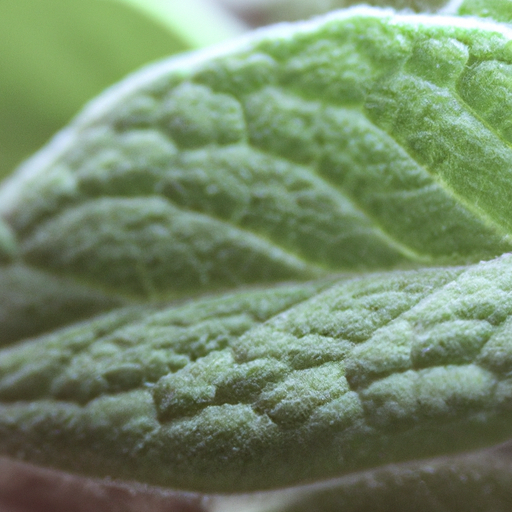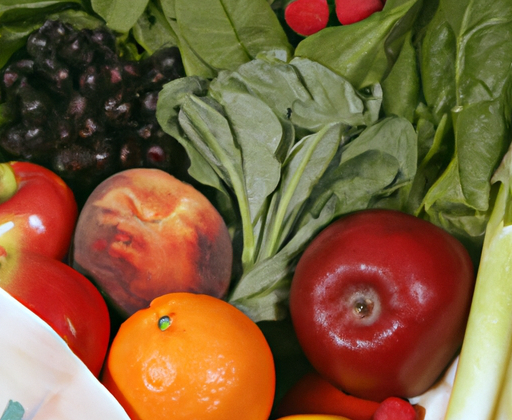Hey there! Let’s talk about sustainable food packaging
Have you ever thought about the impact of the packaging on the food we eat? Well, let me tell you, it’s huge. Not only can it affect the environment, but it can also affect our health and the cost of the products. That’s why today, I want to introduce you to the concept of sustainable food packaging and why it’s so important.
So, first things first, what is sustainable food packaging? It’s pretty simple, actually. It’s any packaging material or design that considers the environmental, social, and economic impacts throughout its entire life cycle. From production to disposal, sustainable food packaging aims to minimize waste, energy consumption, and pollution.
Why Sustainable Food Packaging Brings Big Benefits
As someone who is passionate about reducing my impact on the environment, I have found that using sustainable food packaging goes a long way. Not only does it help me feel good about my consumer choices, but it also comes with some amazing benefits.
Reduced Environmental Impact
Sustainable food packaging is made from biodegradable or recyclable materials. This means that it doesn’t end up in landfills or pollute our oceans and waterways. It also reduces our reliance on non-renewable resources like oil and gas which are used to make traditional packaging.
Cost Savings
Many people assume that sustainable food packaging is more expensive, but in reality, it can save us money in the long run. Reusable containers save us from buying single-use items repeatedly, while biodegradable and recyclable materials can reduce waste management costs.

Sustainable food packaging is often made from natural materials and doesn’t contain harmful chemicals found in traditional packaging. This means that it is safer for both our health and the environment.
Improved Brand Reputation
In today’s world, consumers are becoming increasingly aware of their environmental impact. By using sustainable food packaging, companies can show that they care about the environment and earn the loyalty of eco-conscious consumers.
Overall, sustainable food packaging is a win-win for both the environment and businesses. It’s time to start making the switch!
3. Examples of Sustainable Food Packaging
Now that we know the benefits of sustainable food packaging, let’s take a look at some examples of packaging that are kinder to the environment:
a. Reusable Containers
I’m a big fan of reusable containers as they can be used again and again instead of being discarded after just one use. Mason jars, glass jars, and stainless steel containers are all great options for storing food and liquids. Not only are they durable, but they’re also easy to clean!
b. Biodegradable Materials
Biodegradable materials are materials that can decompose naturally in the environment. Many companies are now making packaging from plant-based materials such as cornstarch, sugarcane pulp, and even seaweed! There are also food wraps made from beeswax and cotton to replace traditional plastic wrap.
c. Recyclable Materials
Recyclable materials include paper, cardboard, and certain types of plastic. By choosing packaging made from these materials, we can ensure that they have a second life instead of ending up in landfills. It’s important to note that proper recycling practices must be followed to ensure that the waste is actually recycled.
So, whether you’re using reusable containers, biodegradable materials, or recyclable materials, there are plenty of ways to reduce packaging waste and make more eco-friendly choices. By choosing sustainable food packaging options, we can do our part in creating a healthier, more sustainable world!
Conclusion
Well, folks, that’s a wrap! We’ve covered a lot of ground when it comes to sustainable food packaging. It’s clear that it’s not just a buzzword or a trend – it’s a vital consideration for any food business that wants to reduce their environmental impact, save money, and improve their brand reputation.
One thing that became apparent throughout this exploration is that sustainable food packaging isn’t one size fits all. There are a variety of options out there, all with their own benefits depending on the specific needs of your business. Whether you opt for reusable containers, biodegradable materials, or recyclable packaging, it’s important to do your research and understand how each option can benefit your business and the environment.
If you’re looking for some expert advice or inspiration for your sustainable food packaging efforts, be sure to check out this in-depth article we found. It’s packed (no pun intended) with tips, tricks, and examples to get your creative juices flowing!
In conclusion, sustainable food packaging is a win-win for everyone involved. It not only helps the environment, but it also improves your bottom line and enhances your brand’s reputation. So why wait? Start exploring your options today!

